A BOOK REVIEW BY SURANJANA PAUL
The day after the Cricket World Cup final, I was scrolling through my phone and saw people criticizing Harbhajan Singh’s sexist comments about Anushka Sharma and Athiya Shetty, where he said that he was thinking whether the conversation was happening about cricket or films. Because he was not sure how much understanding they had about cricket. This kind of comment is very normal in our male-dominated country. When women come together and talk; they only spill gossip because they don’t have enough intellect to discuss any serious issue. Men believe in this age-old concept and love to live with this imagination. But Zubaan publications proved them wrong when they published a book edited by Thingnam Anjulika Samom which is full of Women, and they talk about themselves – age-old customs – regressive traditions – conflict – Nation, and everything else in between.
Talking or writing about women at this time is extremely crucial and when it is about the women of Manipur, it’s become more important to us. National media chose to be silent on the Manipur issue; while the rest of India was getting a few tailored pictures of the Manipur conflict, we have at our hands a book which represents the voice of Manipuri women, where women authors express the women’s condition in their society without any fear of patriarchy and the State.
The rest of the India knows Manipur by projected images of tourism and scenic beauty; and protests against state atrocity by Manipuri mothers. Here I want to mention the iconic photograph of 2004, ‘Indian Army Rape US’, and the longest hunger strike of India by Irom Sharmila Chanu. Along with all the pictures, Manipur also has another undisclosed side, but one that is very familiar to every Indian woman; that is the side of patriarchal dominance. Here the authors choose to tell individual narratives from different sides of womanhood and through their narratives, they try to convey the actual picture of women of Manipur, which is not controlled or constructed by the male-narrative and state authority. 27 women along with a visual artist come under the one cover, Crafting the Word: Writings from Manipur. In this group of authors, four Sahitya Akademi awardees – Maharaj Kumari Binodini, Sunita Ningombam, Moirangthem Borkanya, and Arambam Ongbi Memchoubi are also present. The contents have been mostly translated from Meiteilon (Manipuri), and Tangkhul but some were originally written in English.
In this book, writers like Natalidita Ningthoukhongjam, Ninngombam Surma, Ningombam Sanatombi, and others bring out all the predominant gender issues through their stories and poems. But they don’t stop after addressing the age-old patriarchial norms. As I say, Ayung Tampakaleima Raikhan identifies it and also criticizes it, opposes it, and refuses to perform through questioning every mark of patriarchy. Poet and educator, Dr.Lairenlakpam Ibemhal in her writing, chooses to play the reversed role of men to oppose the domination. Arambam Ongbi Memchoubi aims to break the age-old myth and norms by creating a world again, one that faces the light. The never-ending question has come out through Sanjenbam Bhanumati’s pen, Where Is A Daughter’s Home? Poet Yuimi Vashum continues to break the stereotypes and talks more about incidents like child sexual abuse and makes a courageous narrative to stand against this continuing sexual harassment. Besides the sustained patriarchal tyranny, Manipuri women have experienced more oppression due to the imposition of AFSPA, than other parts of India. And because of state atrocities, their life became more awful and even deathlier. The tales of death and fear have been penned down as short stories and poems. Toijam Sarojini Chanu narrates examples of this draconian law. Mufidun Nisha and Ningombam Satyabati have authored the stories of the mothers who lost their children. RK Sanahanbi (Likkhombi) Chanu narrates a secret conversation between a mother and an unborn baby that tries to portray the actual scenario of Manipur. On the other hand, Nepram Maya tells the story of a wife who belongs to the poor working class and loses her husband at the hands of powerful people. These kinds of pictures might be common in Manipur but what does the rest of India know about the stories? This collection tries to bring forward all these untold stories of Manipur.
All stories and poems in this anthology are of different periods; different genres; different literary styles and languages and is truly versatile. Remarkably, all of the content was created before the COVID period. The clarity of translation in this anthology is so powerful that it never strikes our mind that it was at all translated from Manipuri, and the use of many words from the source language doesn’t change the impact and approachability of the translation. This unique collection helps Manipuri women to build connections with other parts of the country as well as the world, something translated literature does so well.
Also, read “BOOK REVIEW OF RAMESH KARTHIK NAYAK’S CHAKMAK— OWSHNIK GHOSH” and Published in The Antonym:
Follow The Antonym’s Facebook page and Instagram account for more content and interesting updates.

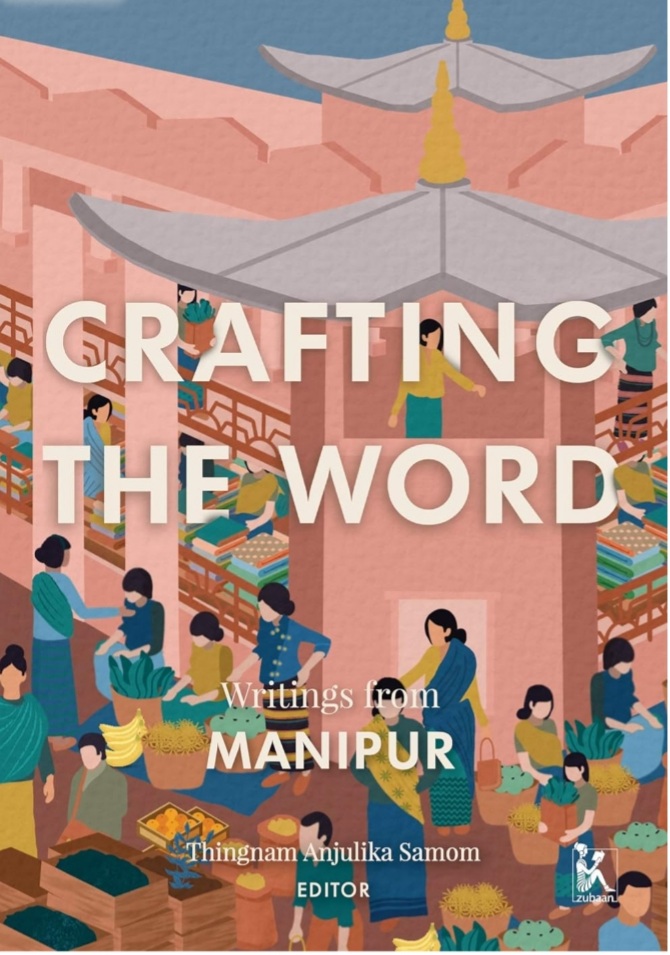

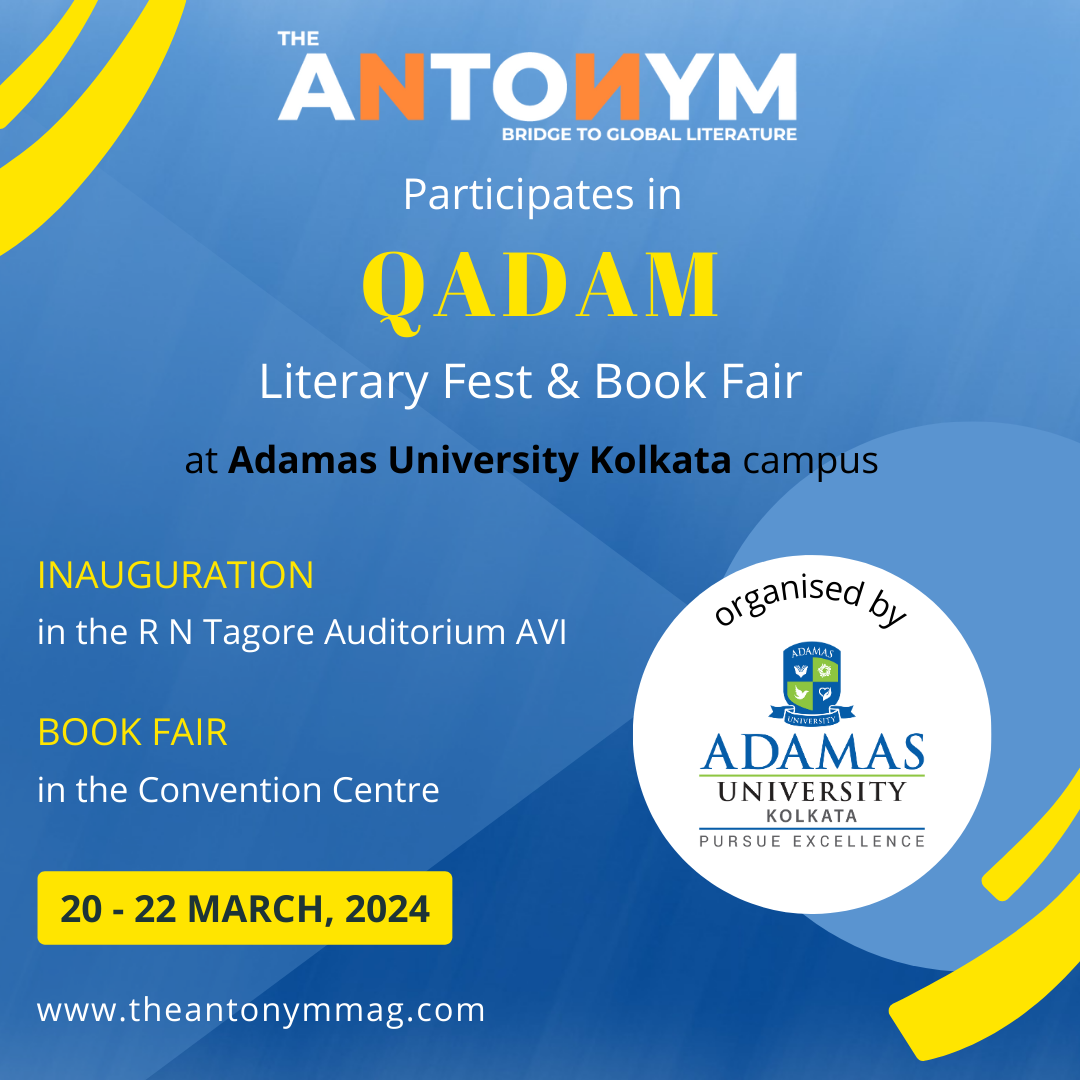
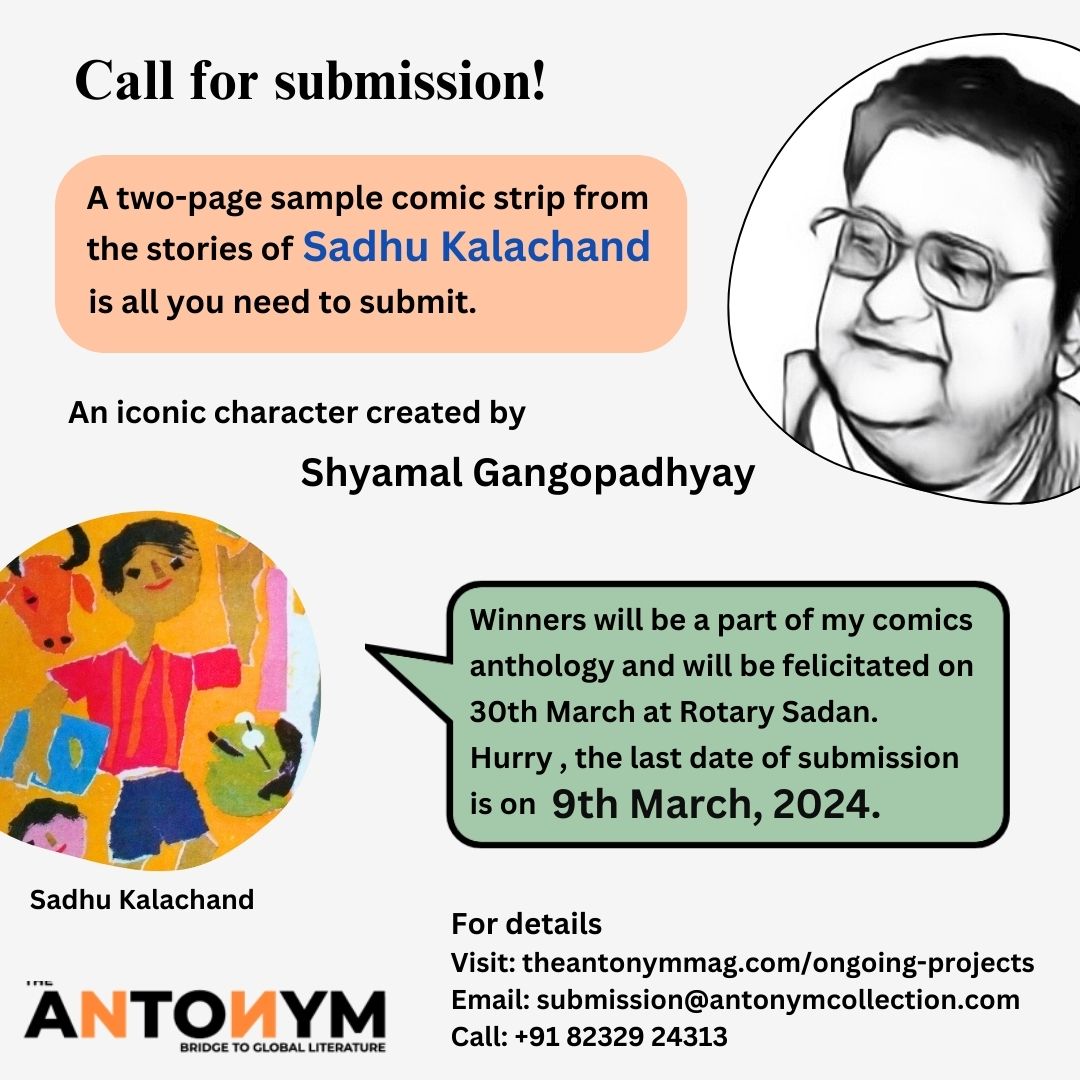









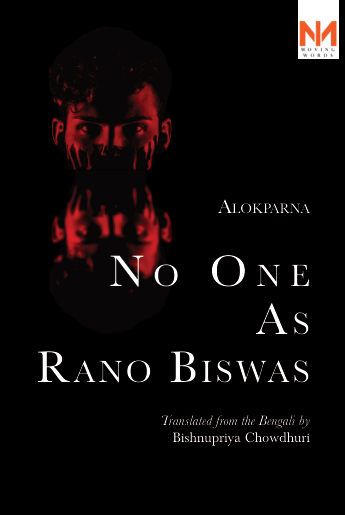
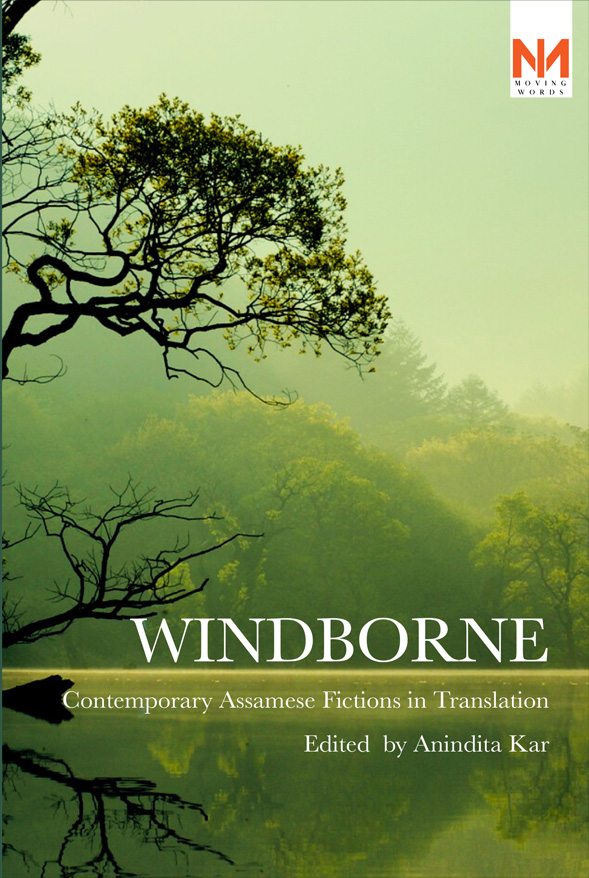
















0 Comments